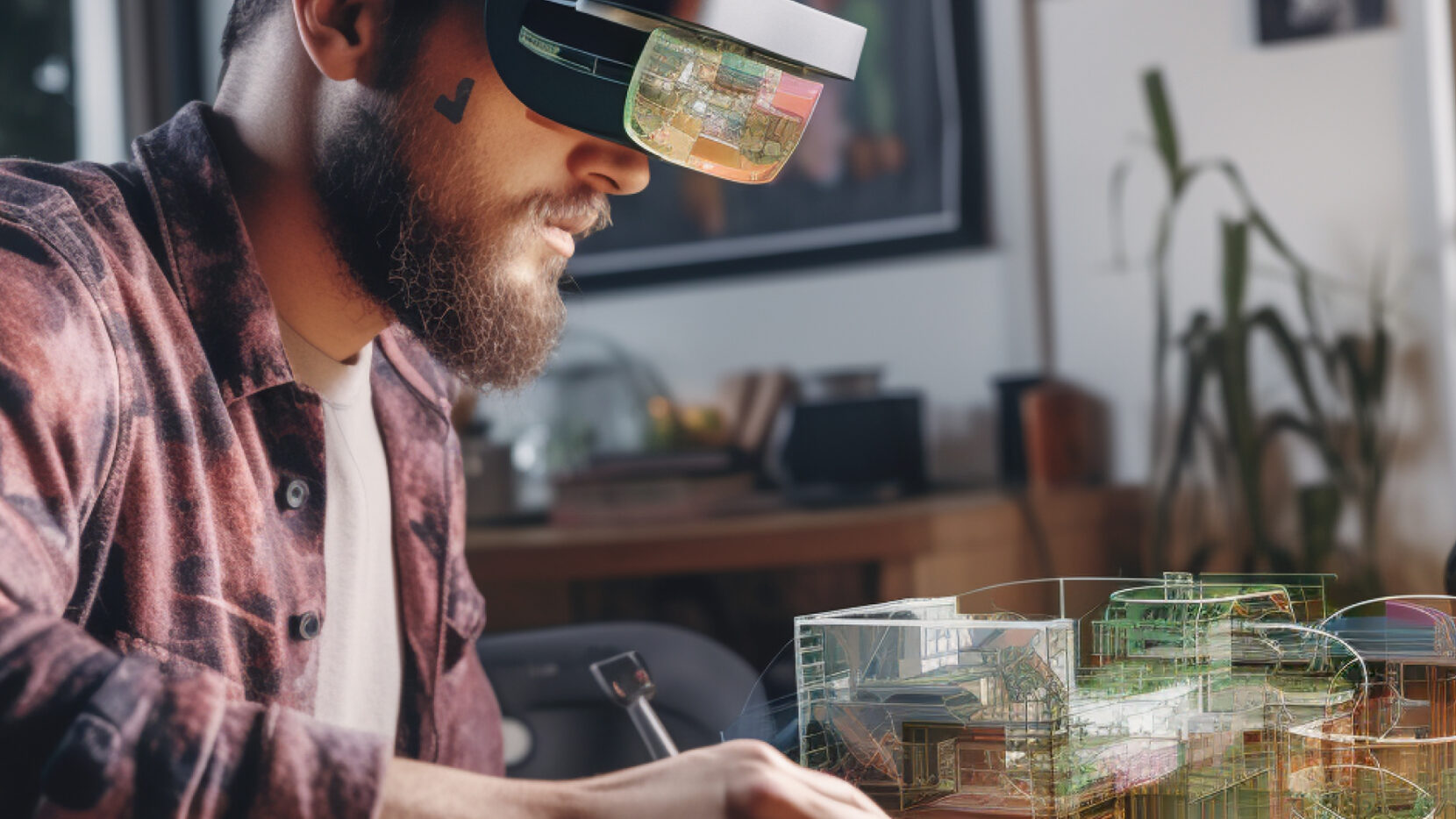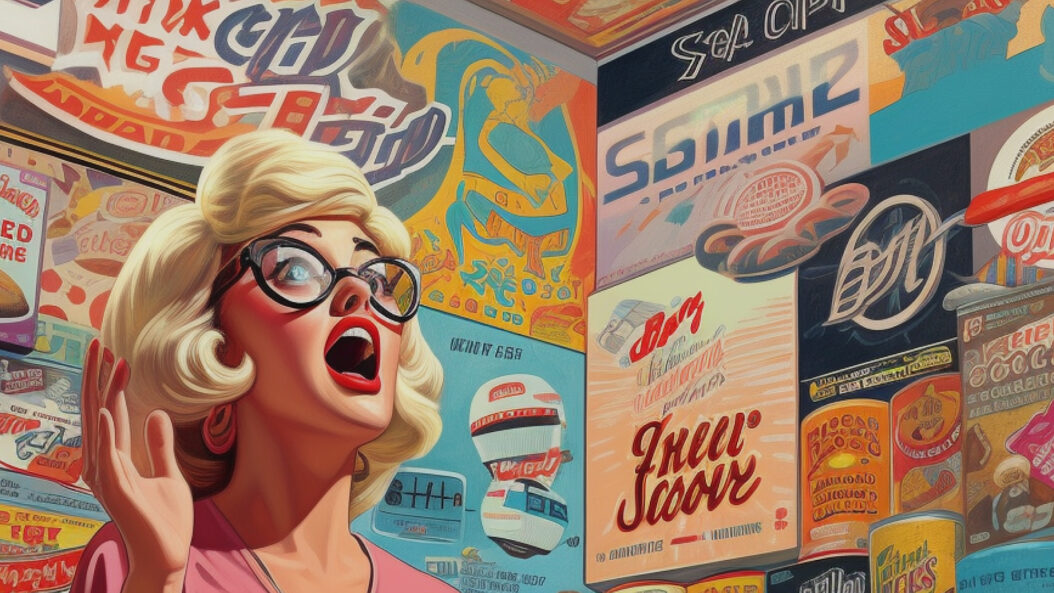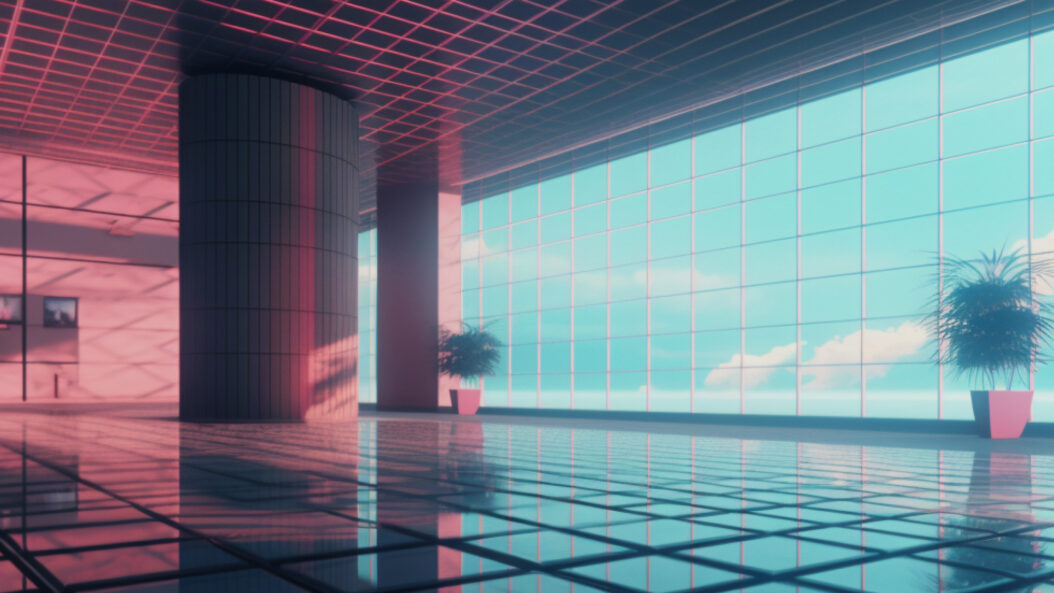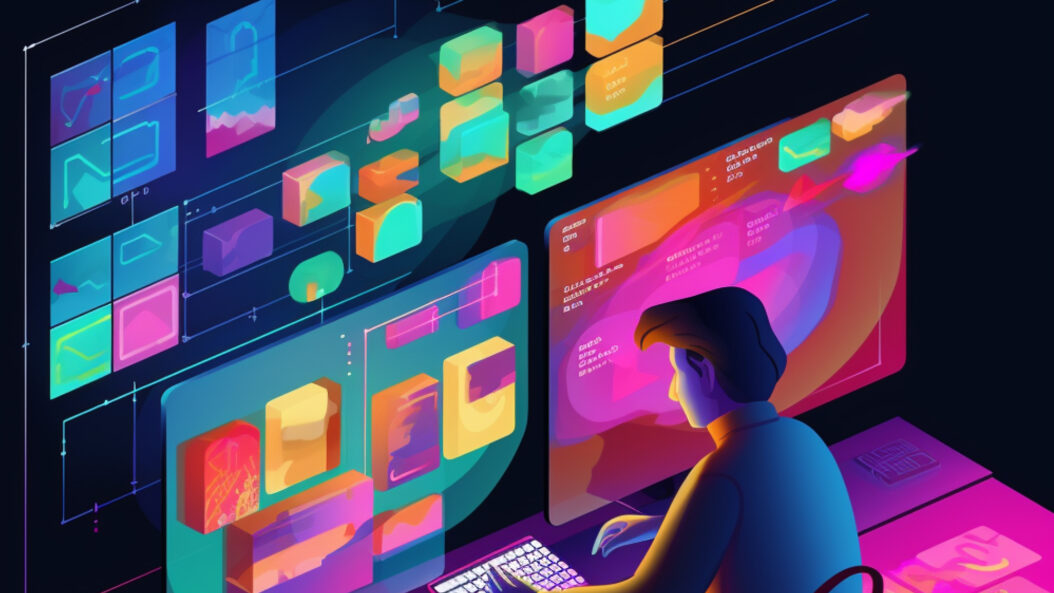There is no denying that augmented reality (AR) technology is transforming the way we interact with the world, thus changing our behaviors — a topic we explore in another video.
But with this change in interaction and consumption via AR, it comes to no surprise that industries will need to adapt as well. The design industry is one of these industries, as AR is a highly visual medium.
In this video, we’ll explore how augmented reality is reshaping the design industry.
Improving user experience with better visualization
Through augmented reality, designers can visualize and give their clients a more immersive experience.
Utilizing augmented reality technology, designers can create 3D models that are interactive and lifelike. Not only will this make it easier to visualize what they designing from a creator’s perspective, but consumers will also be able to see said designs in context, allowing them to make better decisions.
IKEA, for example, the popular furniture retailer, has an AR app called IKEA Place, which allows you to pick furniture from their catalog and place it into your home virtually using the camera on your phone.
Users can place the item in their home, see how it fits and matches with existing decor, and this allows them to make a more informed decision.
Increased collaboration between team
Mixed reality technologies such as AR and VR will also help with collaboration between designers, clients, and stakeholders. According to Harvard Business Review, AR has the ability to provide real-time on-site guidance on specific tasks, which ultimately improves efficiency.
The technology will open up designers to shared virtual environments, where clients can directly interact with designs, improving the collaborative process and resulting in better design outcomes as well.
Autodesk Revit Live, for instance, is a 3D design tool that lets architects and designers make interactive and immersive 3D models. With VR or AR, clients can explore these models, see finishes and materials, and understand the layout in a more realistic way.
Efficient, streamlined design processes
Another added benefit to AR tools in the world of design is that it allows designers to make real-time adjustments and reduce time spent on traditional iterations. This enables faster delivery and greater productivity.
In SketchAR, for example, you can overlay a virtual image over a physical surface with your tablet or phone, and directly trace or follow the virtual guide, making it easier to draw precisely and accurately.
Not only does this save an incredible amount of time, but it will also give extra room to be more creative and productive.
A new set of inputs
Up till now, all designers needed to think about was flat interfaces and thinking about the user experience from a more tactile experience (clicks, taps, swipes). But with the rise of AR/VR, there will be a whole new realm of challenges and considerations to take note of.
For one, the growing use of AR/VR apps will mean that designers will have to think more three-dimensionally. Our view will no longer be limited to a rectangular screen. There is a closer interaction with the real world at large, which is why there’ll be a need to think about how design in the real world can be applied to the virtual.
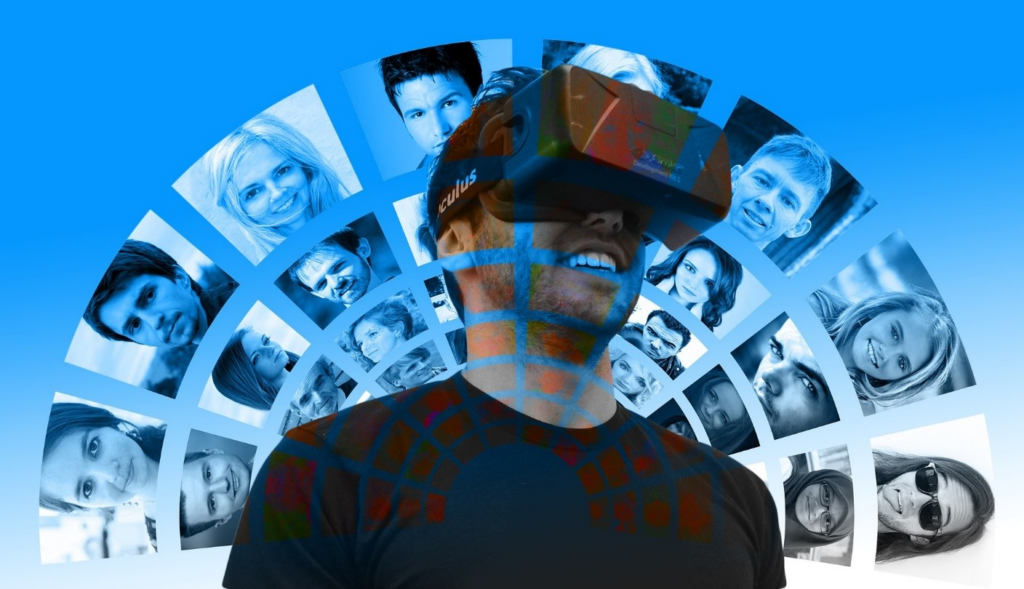
Furthermore, the types of inputs to be considered expand further than just gestures or touch.
With AR/VR, designers will have to think about additional inputs like gaze (eye tracking), voice, sound, and haptic.
We’re now interacting with the world and space around us, not just in front of us.
Key takeaways
The design industry is about to get reimagined with mixed reality.
While this does offer new ways to express creativity and improve collaboration and methods of visualization, it can also bring about various challenges along the way.
While we’re only at the edge of the initial adoption of AR/VR technologies, sooner than later, it is going to take the world by storm. And as such, creators, companies, and designers will all have to adapt accordingly, changing their mentality on how they view the world.
When thinking about the end-user (aka the consumer), an understanding of spatial perception is required. And beyond that, thinking beyond 2D, but considering the entire space around us, in 3D, will have to be a necessity.
